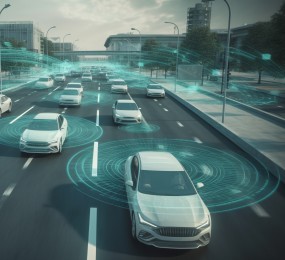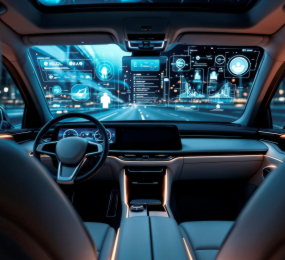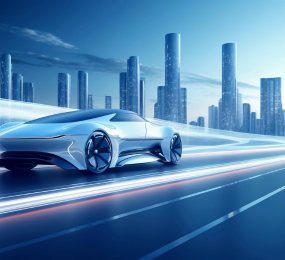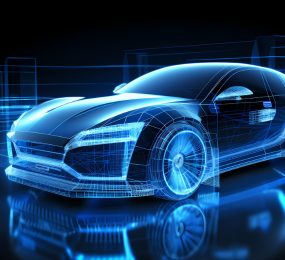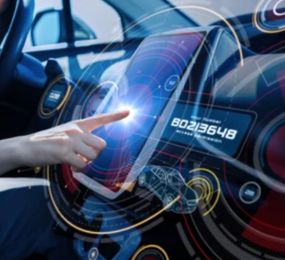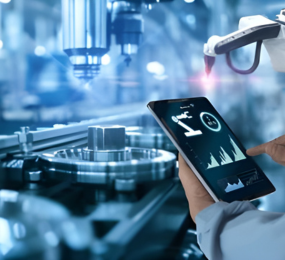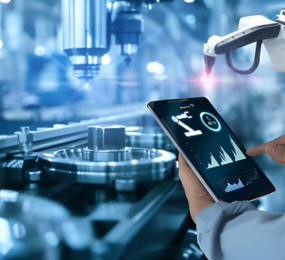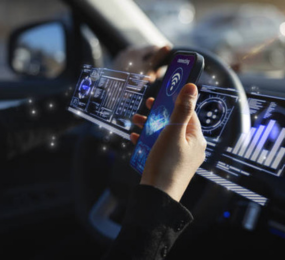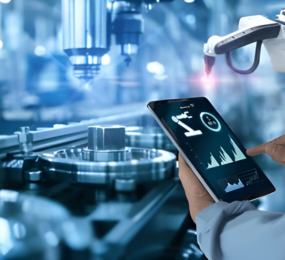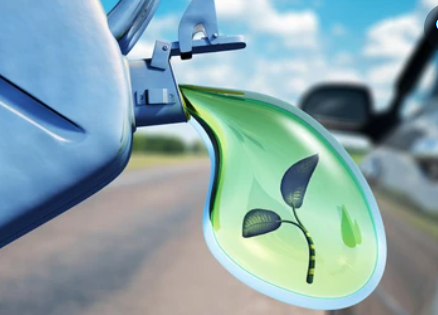Driving Toward Safety: The Human and Technological Future of Automotive Protection
Road travel has long symbolized freedom, movement, and progress. But with over a million lives lost globally to road traffic crashes each year, it’s also clear that safety remains one of the greatest challenges in transportation. From distracted driving and high-speed collisions to complex urban traffic, the realities of road safety demand urgent attention not just from regulators, but from the entire automotive ecosystem.
Automotive safety is no longer just about seatbelts and airbags. It now encompasses advanced technologies, data-driven systems, and a deeper understanding of human behavior. As vehicles become more intelligent and cities more complex, the approach to safety must evolve not just to prevent fatalities, but to create an environment of trust between drivers, machines, and the roads they share.
A New Generation of Vehicle Safety
Modern vehicles are now equipped with systems that once belonged in science fiction automatic emergency braking, lane-keeping assist, pedestrian detection, and even driver fatigue monitoring. These aren’t just gadgets they’re life-saving tools designed to catch human errors before they become deadly.
For example, advanced driver assistance systems (ADAS) are reducing rear-end collisions, particularly in urban environments. Meanwhile, automotive radar and vision systems are helping drivers detect objects or people they might not see especially during night or adverse weather conditions.
But safety isn’t only about the driver or the vehicle. Manufacturers are also designing cars with smarter structures and materials that can absorb impact better, protect passengers more efficiently, and even communicate with other vehicles or infrastructure in real time.
Safety Beyond the Vehicle
Automotive safety today also includes systemic thinking. Are city roads well-lit? Are pedestrians protected at crossings? Are speed limits enforced? True progress depends on collaboration between manufacturers, urban planners, government agencies, and everyday road users.
Moreover, as electric and autonomous vehicles emerge, there are new safety frontiers to explore: battery fire risks, ethical decision-making in AI, software updates, and cybersecurity. The automotive industry must now think both mechanically and digitally ensuring not just physical safety but also data integrity and driver trust.
Takeaway Point
Automotive safety is no longer a checklist of compliance it is a dynamic, human-centered commitment to saving lives and adapting to change. As technology advances, the real opportunity lies in integrating smarter design with human understanding, ensuring that every journey whether by car, bus, or autonomous shuttle is a safer one. Building safer roads and vehicles isn’t just about engineering it’s about responsibility, foresight, and the shared value of life.
Learn more on our website: https://www.leadventgrp.com/events/3rd-annual-automotive-functional-safety-forum/details
For more information and group participation, contact us: [email protected]
Leadvent Group - Industry Leading Events for Business Leaders!
www.leadventgrp.com | [email protected]


